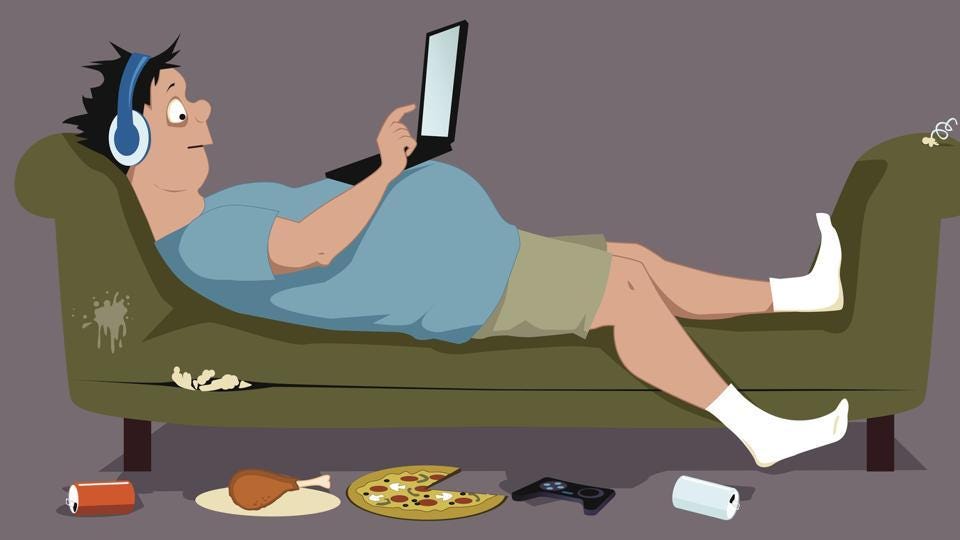
In our fast-paced, technology-driven world, the prevalence of sedentary lifestyles has become a growing concern. A sedentary lifestyle refers to a lack of physical activity and extended periods of sitting or inactivity. Unfortunately, this modern-day phenomenon has been linked to various health issues that are on the rise. We explore the detrimental effects of a sedentary lifestyle and the importance of incorporating regular physical activity into our daily routines today.
1. The Impact on Physical Health:
A sedentary lifestyle is a significant contributing factor to many physical health problems. Prolonged sitting and minimal movement can lead to weight gain, muscle atrophy, and an increased risk of chronic conditions such as obesity, type 2 diabetes, heart disease, and certain types of cancer. Physical activity is crucial for maintaining a healthy weight, strengthening muscles, and promoting better cardiovascular health.
2. Mental Health Implications:
The impact of a sedentary lifestyle extends beyond physical health, significantly affecting mental well-being. Research has shown that lack of exercise can lead to feelings of stress, anxiety, and depression. Regular physical activity helps release endorphins, the "feel-good" hormones, which can improve mood and reduce stress levels. Incorporating exercise into our routine can be an effective way to support positive mental health.
3. Strain on Posture and Musculoskeletal System:
Sitting for prolonged periods can strain our posture and musculoskeletal system. Poor posture can lead to back and neck pain, muscle imbalances, and decreased flexibility. Regular physical activity, such as stretching and strength training, can help improve posture and alleviate the strain on our bodies.
4. Impact on Children and Adolescents:
The sedentary lifestyle trend is also affecting children and adolescents. Increased screen time, reduced outdoor activities, and limited physical education in schools contribute to a decline in physical fitness among young individuals. Encouraging children to engage in regular physical activity and limiting screen time can set the foundation for a healthier lifestyle as they grow older.
5. Making Positive Changes:
Breaking free from a sedentary lifestyle requires conscious efforts to incorporate physical activity into our daily lives. Simple changes like taking short breaks to stand and stretch during prolonged sitting, opting for stairs instead of elevators, or going for a walk during lunch breaks can make a significant difference. Engaging in activities we enjoy, such as dancing, swimming, or hiking, can also make exercise enjoyable and sustainable.
The rise of sedentary lifestyles in modern society has had far-reaching consequences on our physical and mental well-being. Recognizing the importance of regular physical activity and its positive impact on our health is the first step towards making positive changes. By embracing an active lifestyle and incorporating exercise into our daily routines, we can take control of our well-being and work towards a healthier, happier future. Let's break free from the sedentary trap and embark on a journey towards improved health and vitality!
